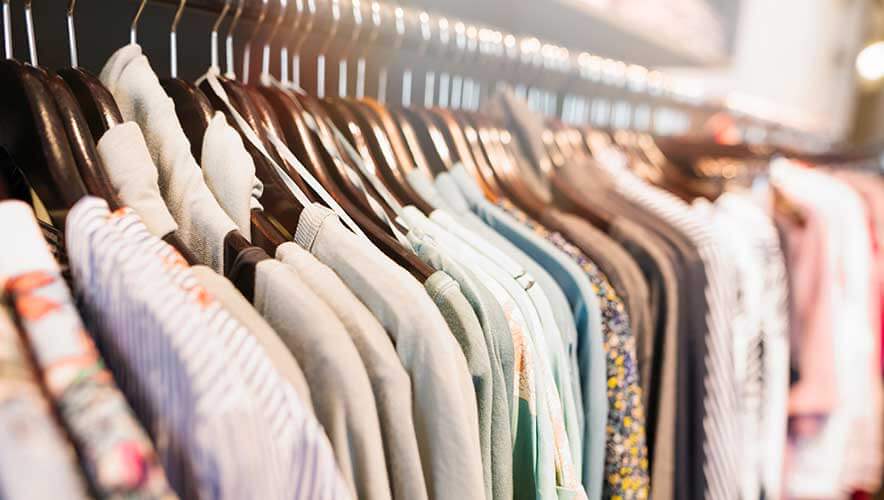€87M of Counterfeit Goods Seized Across Europe in Multinational Operation
Nearly 2 million items of counterfeit clothing, shoes, accessories, and other garments were seized in a Europol-coordinated operation announced Tuesday. That’s a lot of knockoffs.
Between March and December 2022, the Spanish National Police and the Hellenic Police co-led law enforcement groups in 17 countries—with support from the European Union Intellectual Property Office—to target the illegal trade in counterfeit apparel in “Operation Fake Star.” Authorities checked commercial and industrial areas, flea markets, tourist centers, warehouses, and shops looking for counterfeit goods. They also checked ports, pop-up shops, and small e-commerce parcel distribution companies as part of the operation’s 3,921 inspections, Europol explained in a press release.
As part of this operation, authorities seized 1,956,607 counterfeit items with a total estimated value of €87 million ($92 million). The counterfeits infringed on more than 250 brands. This translated to a direct employment loss of 263,196 workers and a total employment loss of 373,476 workers, Europol said, “as the legitimate manufacturers and retailers made and sold less than they would have done in the absence of counterfeiting and therefore employed less workers.”
Sports and luxury duped goods are frequently marketed on social media and through e-commerce platforms. Traders will openly publish photo albums on social media platforms showing images of available counterfeit merchandise, a Europol analysis document said.
“This is not a new trend—the trade in counterfeit goods online has significantly increased in the past few years,” Europol noted. “The market share of e-commerce platforms has risen in recent years, which also applies for advertisements of counterfeit goods on the social media platforms.”
This tracks with the findings from U.S. counterfeit investigations. According to a 2022 report from the Office of the United States Trade Representative, online marketplaces are rapidly growing as a method to market and distribute counterfeits.
“On the other hand, the operational results show that conventional offline marketplaces remain an important reality and deserve the attention of law enforcement,” Europol said.
The counterfeit goods seized in the Europol operation largely originated outside Europe, predominantly coming from China, Hong Kong, Turkey, and Vietnam and entering the EU by land or sea. Domestic production of counterfeits continues, though, primarily in Hungary, Portugal, and Spain. Some operations ship unassembled or unfinished products into the EU, where counterfeits are then packaged, sewn, screen-printed, or labeled for sale. Investigators found molds to manufacture shoe soles, metal molds for printing trademarks, labels and tags to sew onto products, and fake packaging.
Counterfeit goods often skirt environmental and sustainability concerns in an effort to make it to market faster and cheaper. Counterfeit fashion goods sometimes contain dangerous levels of chemicals and heavy metals, failing to comply with EU product safety standards.
During the investigation, authorities uncovered other criminal activities conducted by the criminal networks trafficking in counterfeit goods. The operation has led to the arrest of 378 individuals so far.












